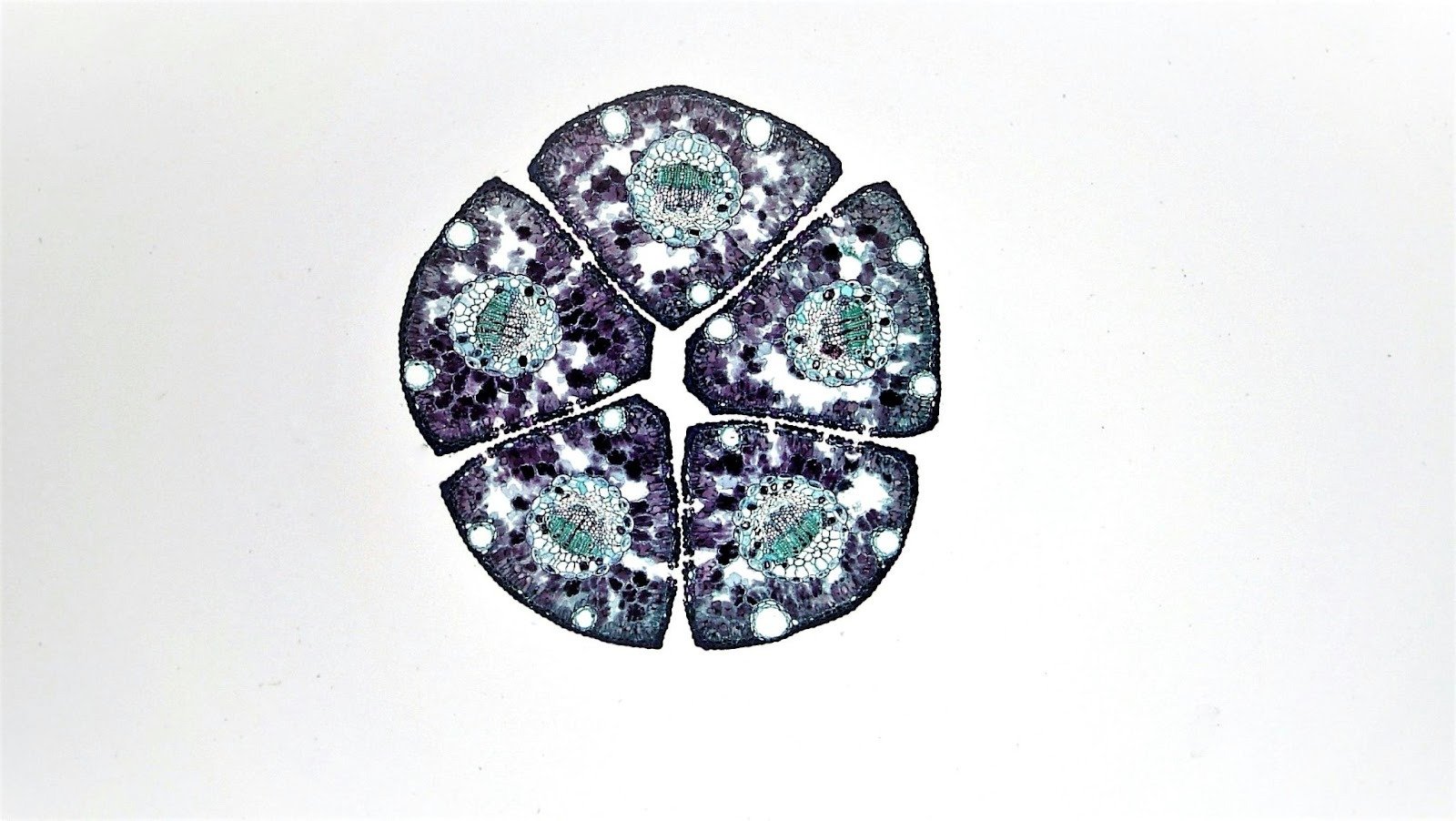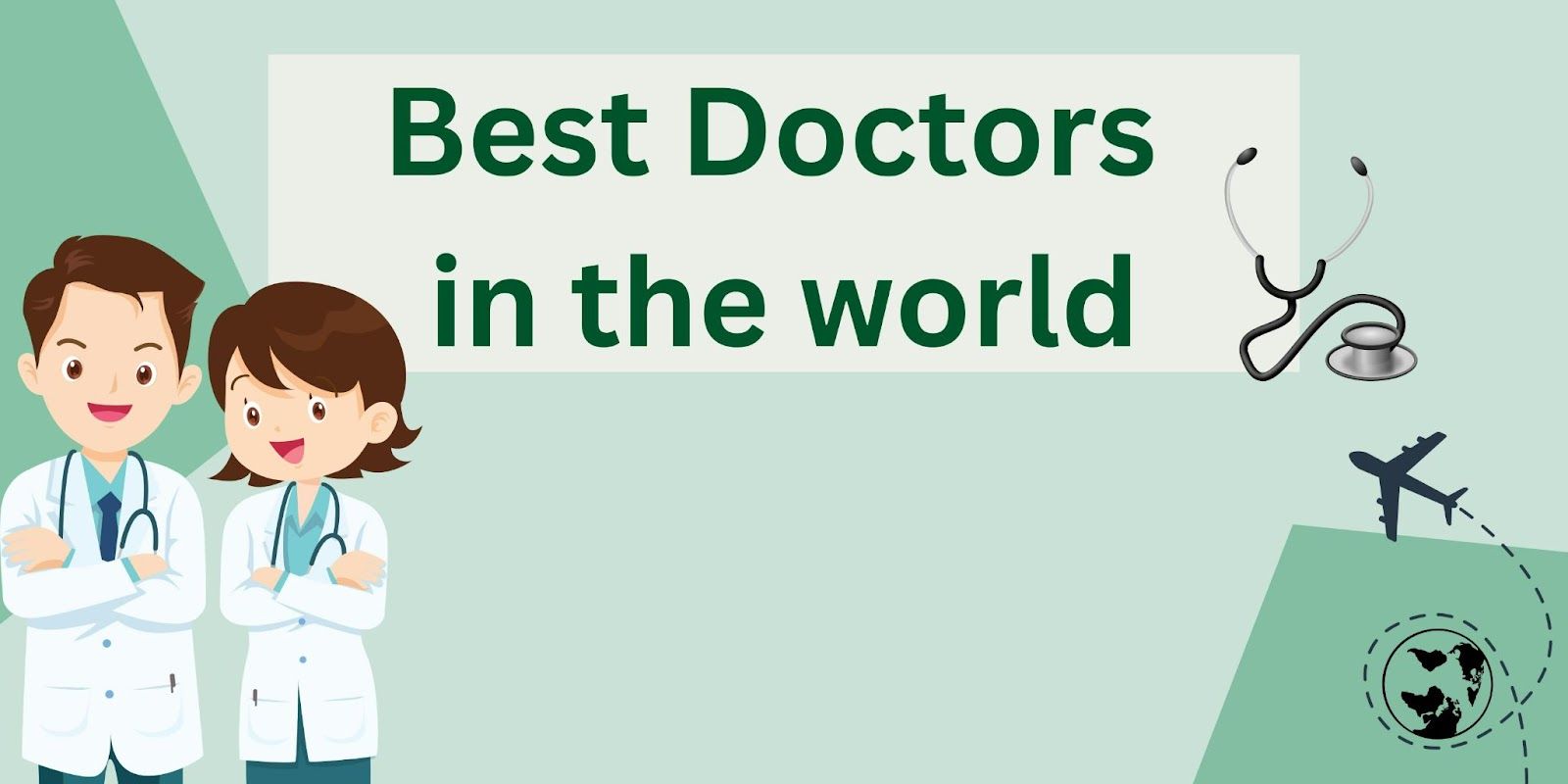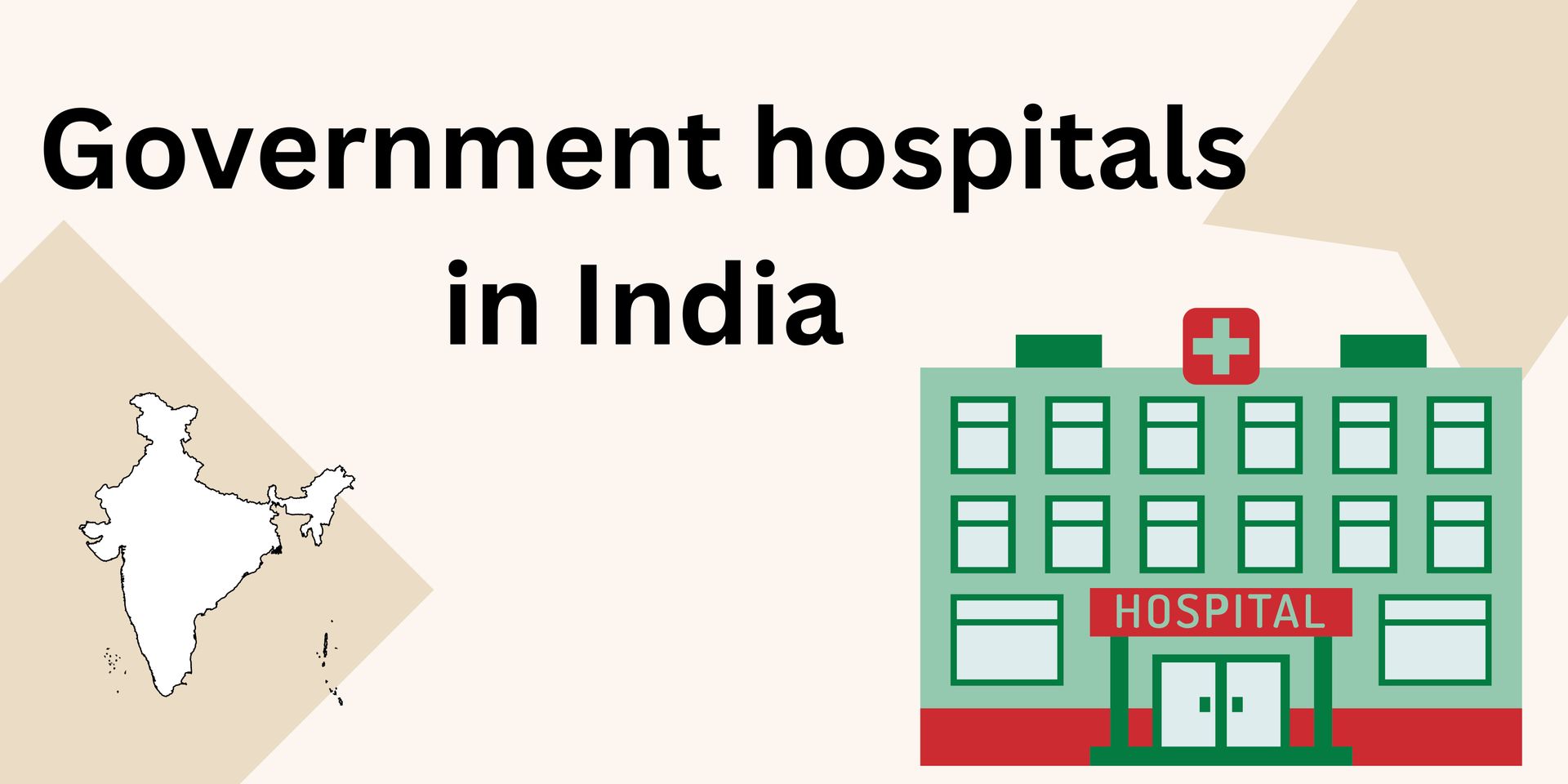Overview
This article explains how single-cell genomics is changing the way scientists understand life. Instead of studying groups of cells, researchers can now examine each cell individually to see how it behaves, reacts to disease, and responds to treatment. The piece covers how this technology works, why it matters for medicine, and how AI plays a key role in analyzing the huge amount of data generated. It also highlights how this field is opening new possibilities in personal healthcare, agriculture, and environmental science. The main message is clear: by focusing on the smallest units of life, we can uncover insights that improve early diagnosis, create tailored treatments, and better understand how living systems work.
A New Way to See Life
Science has always been about understanding how life works. For years, we looked at cells as a group. We studied tissues, organs, and systems to find answers. But now, the view is getting sharper. Scientists can look at single cells and see what makes them unique. This new focus changes how we think about health, disease, and even evolution. It’s like zooming in on life’s tiniest details and finding stories that were hidden before.
From Cell Clusters to Individual Stories
This new approach starts with something called single cell library preparation. It may sound technical, but it’s simply the process that allows scientists to study each cell on its own. It helps create a clear record of what is happening inside. In the past, researchers had to look at large cell groups. That made it easy to miss small but important differences. Now, every cell can reveal its own secrets. It can show how it reacts to stress, aging, or disease.
This method is changing biology from a broad science into something much more detailed. Each cell can now tell its story. That means new patterns can be found that were invisible before. And those patterns can lead to better understanding of how the human body works.
Seeing the Smallest Signals
Single-cell genomics opens the door to signals that once got lost in the mix. Every cell type behaves differently. One may react to medicine, while another may resist it. By studying them one by one, researchers can track these reactions more accurately. That makes it easier to design treatments that actually work. It also helps scientists predict how diseases spread or why some people recover faster than others.
It’s a slow and careful process, but it’s full of promise. Scientists can trace tiny genetic changes that would once go unnoticed. Those small changes can explain big health questions. They can show how cells adapt, mutate, or break down over time.
How This Changes Research
This level of detail is transforming how labs operate. Old methods looked at averages. New methods focus on individuals. Researchers no longer have to assume that every cell behaves the same. They can test and confirm it. That shift gives biotech companies new direction. It also pushes universities and research centers to invest in better tools.
Single-cell analysis helps uncover how diseases begin and evolve. It gives a timeline of what happens inside the body, step by step. This helps scientists create better drug targets and test them faster. The goal is not just discovery. It’s precision.
The Power of Data in Biology
All of this new information creates massive data sets. Each cell adds a piece to the puzzle. The challenge now is to organize it all. This is where artificial intelligence steps in. AI helps scientists make sense of the vast amount of data coming from single-cell studies. It can find patterns, sort details, and even predict outcomes.
AI and genomics together create a strong partnership. The more data scientists feed in, the better the results become. That means faster progress and fewer blind spots. It also helps reduce trial and error in research.
New Frontiers in Health and Medicine
The knowledge gained from single-cell genomics could reshape healthcare. Doctors could one day tailor treatments down to the cellular level. Instead of guessing which drug might work, they could use genetic insight to decide. It’s the path toward truly personal medicine.
This can also help detect diseases much earlier. By studying single cells, doctors might spot warning signs before symptoms appear. That can change how chronic diseases are managed. It can also improve recovery rates and reduce side effects from treatments.
Beyond Medicine
Single-cell research is not just about human health. It also helps with agriculture, environmental science, and even aging research. Scientists can study how plants handle drought or how bacteria react to changes in ecosystems. Every living thing has cells, and each one carries clues about how life adapts.
This broader view gives the field endless potential. It’s about understanding the rules of life at its most basic level. From there, innovation follows. New tools, new products, and even new industries can emerge.
The Next Chapter in Genomics
The study of single cells is still young. But it’s already changing how we think about biology. Every new discovery adds a piece to the larger story of life. We’re now learning to read that story with clarity never seen before.
The next phase will focus on refining the process and making it faster. It will also focus on bringing these discoveries closer to everyday use. What started as a lab technique could soon guide decisions in clinics and homes.
Science is moving toward deeper understanding, one cell at a time. And each discovery reminds us that even the smallest parts of life have a lot to say. The future of genomics isn’t about seeing the big picture. It’s about finding truth in the tiniest details—and listening to what every single cell has to tell.
Conclusion
Single-cell genomics is giving science a sharper lens than ever before. Instead of relying on averages and assumptions, researchers can now see how each cell behaves on its own. This shift opens doors to early disease detection, more accurate treatments, and truly personalized medicine. Beyond human health, this technology is already shaping progress in agriculture, environmental science, and aging research. As tools improve and data analysis becomes faster with the help of AI, single-cell genomics will continue to move from research labs into real-world applications. One cell at a time, we are uncovering a deeper understanding of life, and the discoveries ahead have the power to reshape the future of biology and healthcare.









